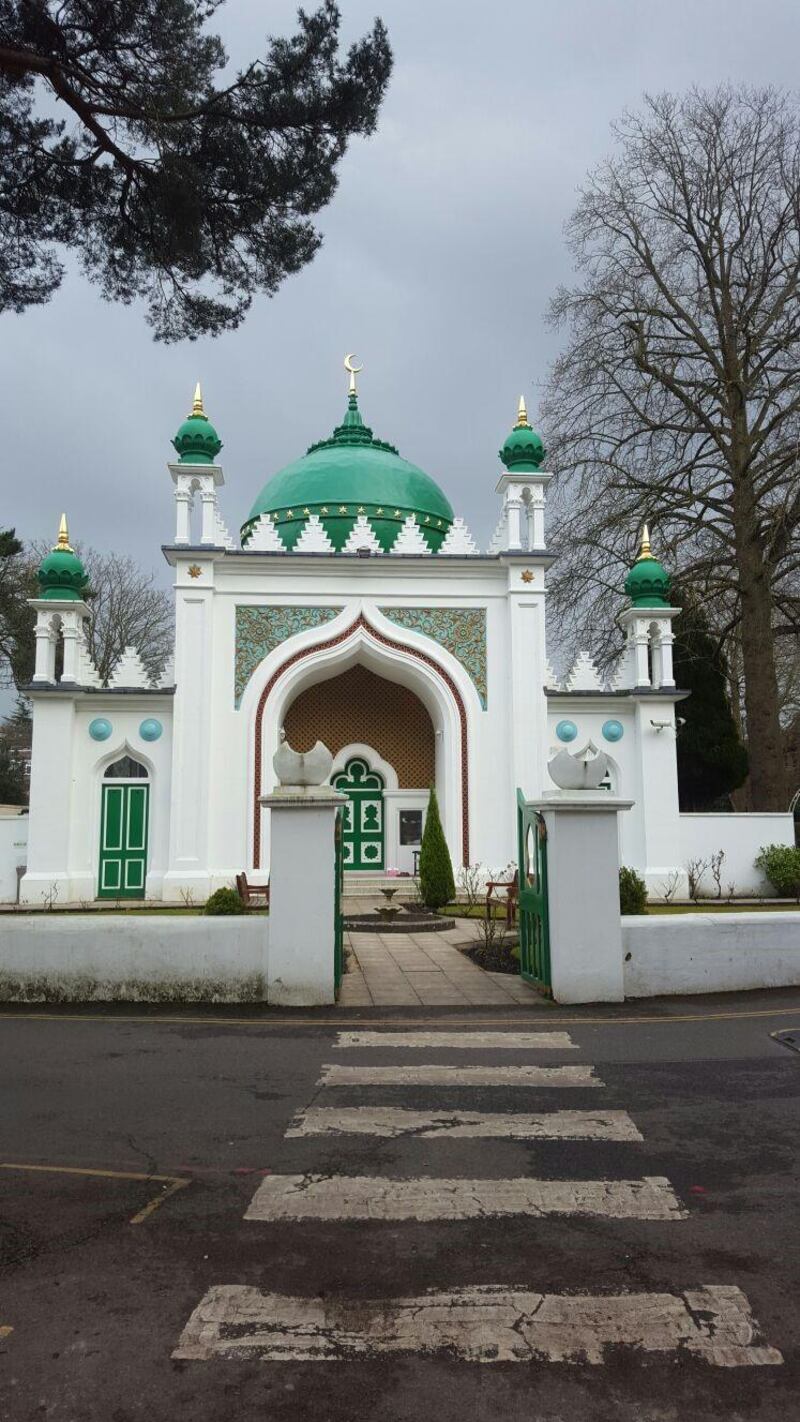A British mosque has been granted the highest protected building status for the first time ever, in recognition of its architectural and historic importance.
The Shah Jahan Mosque in Woking, Surrey, was upgraded on Tuesday to Grade I status, a ranking shared with sites such as royal residence Buckingham Palace.
Opened in 1889, the Shah Jahan Mosque was the UK’s first permanent, purpose-built mosque. Designed in a typical Ottoman Turkish style, it was awarded Grade II status in 1984 and has now been elevated to the highest level by the government’s culture department, while two London mosques were also given listed status for the first time.
"By listing these beautiful mosques, we are not only preserving important places of worship, but also celebrating the rich heritage of Muslim communities in England," said heritage minister Michael Ellis.
Imam Hafiz Hashmi, Head Imam at the Shah Jahan Mosque, told The National that the upgrade is "excellent news for us, but also very good news for the whole Muslim community in the UK".
He added: “The mosque is already spreading the true message of peace and playing a very vital role in the community. We will continue this peaceful message and play a vital and positive role not only for in own community but also in the whole country.”
_______________
Read more:
Sheikh Zayed Grand Mosque attracts 5.8m visitors in 2017
Special report: Sheikh Zayed Grand Mosque at 10 - a marvel that 'united the world'
UK ambassador praises UAE's tolerance on International Religious Freedom Day
_______________
The mosque was commissioned by Dr Gottlieb Leitner, a Hungarian scholar who was born to Jewish parents.
After spending much of his childhood in Istanbul, where he studied at madrasa schools attached to the city’s mosques, he moved to England where he established an Oriental Institute in Woking in the early 1880s.
With a donation from Begum Shah Jahan, the ruler of Bhopal, he went on to establish the Shah Jahan Mosque in her name at the end of the decade. The building was inspired by what Dr Leitner had seen of Ottoman Turkish heritage, although it is also thought that he took his inspiration for it from the Taj Mahal in India.
The mosque became a focal point for Muslims in Britain and continues to be used for daily prayer. It is unclear whether Dr Leitner himself converted to Islam, but he was an active sympathiser and supporter.
The London Central Mosque and Islamic Cultural Centre in Regent's Park, central London, and the Fazl Mosque in the southwest of the British capital were also given special listed status on Tuesday.
Very pleased to visit Central London Mosque this morning to announce two new listings of mosque buildings by @HistoricEngland in recognition of their architectural and social significance. pic.twitter.com/tmP5F3YHcv
— Michael Ellis (@Michael_Ellis1) March 13, 2018
Both were listed as Grade II buildings, a status that is awarded to just 5.8 per cent of approximately 500,000 listed buildings in England, marking them out as particularly important sites and giving them greater protection.
A fund to establish a central London mosque was set up in 1910, but the Regent's Park location was only secured in the 1940s and building work was finally completed in 1977.
The Fazl Mosque in the Southfields area is the headquarters of the Ahmadiyya Muslim community and was London's first purpose-built mosque when it opened in 1926.
Although there are around 1,500 mosques in Britain, fewer than 20 per cent are purpose-built according to Heritage England, which compiles the listings.






